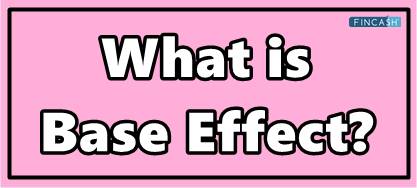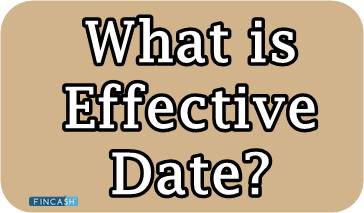
Table of Contents
Base Effect
What is Base Effect?
Base effect a riddle for economic indicators. It is a term generally used in Inflation. It refers to the impact of an increase in the price level (i.e. previous year’s inflation) over the corresponding rise in price levels in the current year (i.e., current inflation). If the inflation rate was low in the corresponding period of the last year, then even a small increase in the price index will give a high rate of inflation in the current year.

Similarly, if there is a rise in the price index in the corresponding period of last year and recorded high inflation, then an absolute increase in the price index will show a lower inflation rate in the present year.
Base Effect Example
Let’s assume - 200 as a Base Year and the index for 100 is 50. For 2019 it is 120. So the inflation rate is 20% and for 2019, it is 125. So comparing the previous year, the inflation rate for 2019 has risen by 5%. But the base effect for 2 years (2018-2019), the inflation rate has is risen by 25%.
The inflation is computed on the Basis of the price levels that are summarized into an index. For instance, the index may spike in August due to a surge in oil price. Over the following 11 months, the month-over-month changes may return to normal. But, when August arrives, the price level will be compared with the year it witnessed a hike (in oil price). As the index for the previous year's month was high, this August the price change will be less. This is an indication that inflation has become subdued. Such small changes in the index is a reflection of the base effect.
Inflation is expressed as a monthly and yearly figure. Usually, economists and consumers want to know how much higher or lower are the prices than they were a year before. But when there is a hike in inflation, it may produce the opposite consequences a year later.
Talk to our investment specialist
All efforts have been made to ensure the information provided here is accurate. However, no guarantees are made regarding correctness of data. Please verify with scheme information document before making any investment.












